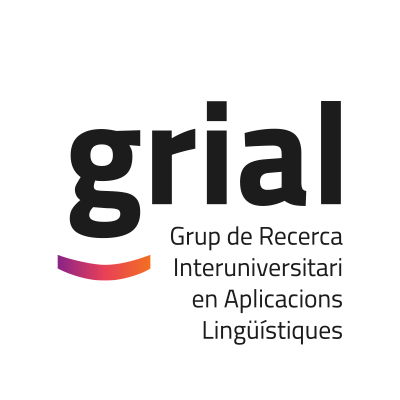Syntax and semantics
- Study and grammatical description of grammatical units, especially the verb and their role in the syntax-semantics interface. E.g. semantic role structure, argumental structure, subcategorization patterns and prepositional government.
- Sentence semantics, by combining the study of structures, aspect, modality and polarity.
- Development of computational grammars for language parsing at different levels and using different formalisms: deep parsing with feature grammars, dependency grammars, and partial or shallow parsing.
- Design of computational representations of syntactic-semantic structures.
- Information extraction and semantic role labelling.
Cognitive linguistics and psycolinguitics
Corpora
- Design and construction of monolingual and parallel corpora, enriched with different types of information (morphological, syntactic and semantic) and applied to different units (word, sentence or phrase). Different procedures are used to build the corpora: automatic, semiautomatic and manual.
- Design and development of tools and criteria for corpus annotation.
- Corpus linguistics for various purposes: refutation of theoretical hypotheses, establishing patterns of use, frequency calculations and information acquisition with different applied objectives, e.g. improving lexical resources.
Edition and translation
- Design and implementation of tools to aid translation: terminology extraction, computer-assisted translation, development and exploitation of resources.
- Evaluation of machine translation systems.
- Application of techniques and algorithms for building of tools and resources for language learning.
- Electronic books edition with expanded information.
- Application of natural language processing techniques and use of semantic resources to develop tools for learning and teaching in virtual environments (e-learning).
Lexical items
- Building lexicons useful for both traditional and computational lexicography with empirical basis.
- Representation of the verbal behaviour (syntax and semantics interface).
- WordNets: emphasis on testing automatic and semi-automatic methods for its creation.
